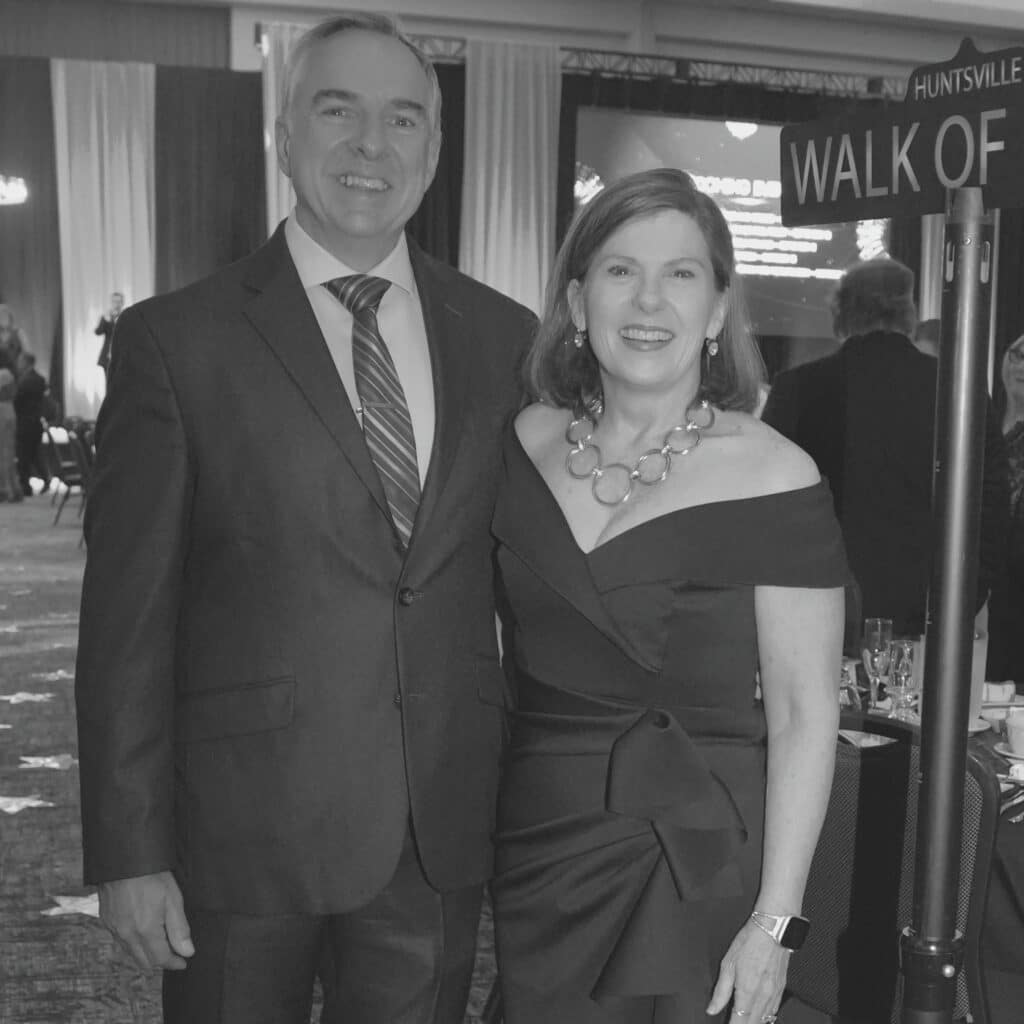18 Jan Want to Grow as a Leader? Look Inside Your Head!
By Linda DeLuca, Executive Coach

When you find yourself in over your head, it’s a sign you need to expand the bucket.
As a leader, the challenges we face today and will see tomorrow will require more than adding new skills to our existing bucket. As these challenges become more complex, our mindset must also increase in complexity. We must continually adapt. We must continually expand our buckets.
When we are in over our heads, there is a gap between our own mental complexity and the complexity of the challenge we face. It’s not that we aren’t growing as leaders, we simply are not keeping pace with the increasing complexity of doing business. Luckily, the solution is inside our heads. [clickToTweet tweet=”Want to Grow as a Leader? Look Inside Your Head! #leadershiptips via @leadfearlessly ” quote=”The solution to keeping pace with the increasing complexity of business? It’s in our heads! “]
MAKING THE INVISIBLE, VISIBLE
As business leaders we love solving problems. In our efforts to find the best solutions we often take out the human element and focus solely on the technical. But business is personal, and the first step to expand your bucket is to shift attention from the problem to the person having the problem.
Because we are looking at not only the problem, but the person having the problem (ourselves) it is not solely an analytical approach. We can’t think our way out of the limitations of our bucket. We need to connect both our thinking and feeling to give us a sharper reading of the underlying challenge. Shifting to include both head and heart helps us to identify not only how things are, but why they are and what needs to change.
Taking this approach answers the question: What are the limits to my bucket?
THE FIRST STEPS TO INCREASE THE BUCKET
Though we are all gifted in many ways, we each have our limitations. This exercise is the first step in making the invisible, visible.
Step 1. Use your analytical strengths to identify a leadership challenge. This level focuses on the problem.
Example: Business processes and organizational structure no longer support the rapid growth of the company.
Leaders who focus only on using current tools within their bucket may focus solely on this statement and take action to reorganize and implement process improvement initiatives.
Step 2. Identify your personal challenges in the context of the leadership challenge.
Shift focus from the problem to the person having the problem. What are the challenges you face as a leader within the context of the challenge?
Example: As one of the founding members of the company I have been responsible for several different functional areas and must delegate a good portion of these to others as part of the growth and reorganization. Though I know intellectually this is the right thing to do, I find it difficult to let go of something I created.
Step 3. Establish personal change goals. What do you need to do differently as a leader?
Example: Be more open to delegating responsibility and be more open to ideas from others.
This is still a thinking exercise and taps into your technical skills of a leader.
If you’ve done this exercise, congratulations! You now know the size bucket you need. However, there is more work to be done. Establishing change goals is important, but does not guarantee change. If it were that easy, you probably would have changed by now.
Step 4. What are you doing instead?
This is the first layer to make visible. If you were doing the things in step 3 already, you wouldn’t have a challenge. So what are you really doing?
Example: Giving my opinion on how things should be done; cutting off others’ ideas; giving direction too often; and asking others to check back too often.
Focusing on changing these behaviors is important, but how we do that and being successful with changing these behaviors will require increasing visibility even further.
Step 5. Uncovering your why.
For each of these behaviors in step 4, identify your true motivation for continuing.
Example: to have things done my way; to have direct impact on results; to feel pride.
This step begins to go deeper into the integration of thinking and feeling. It is the first step in shifting from filling the bucket to expanding the bucket.
DEEP WORK
Step 6 is the deep work of shifting perspective and expanding your bucket.
It is taking this new awareness and making a commitment of time and effort. It also may require vulnerability and the help of a trusted advisor – signs of a fearless leader.
The more complex the challenge, the deeper the work required of you as a leader. Your challenges will continue to grow in complexity. What path will you choose? To continue to fill your existing bucket or to increase your mental complexity and expand your bucket?
Related Articles
Ready to fearlessly provide feedback and get positive results?
Our Fearless Leaders MasterClass® Program will help you develop the emotional intelligence and leadership skills needed to have effective conversations.
Sign up to reduce manager overwhelm and employee turnover.




